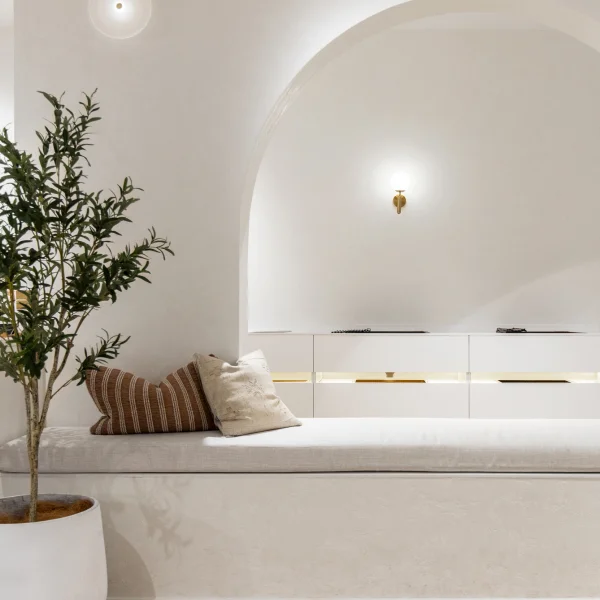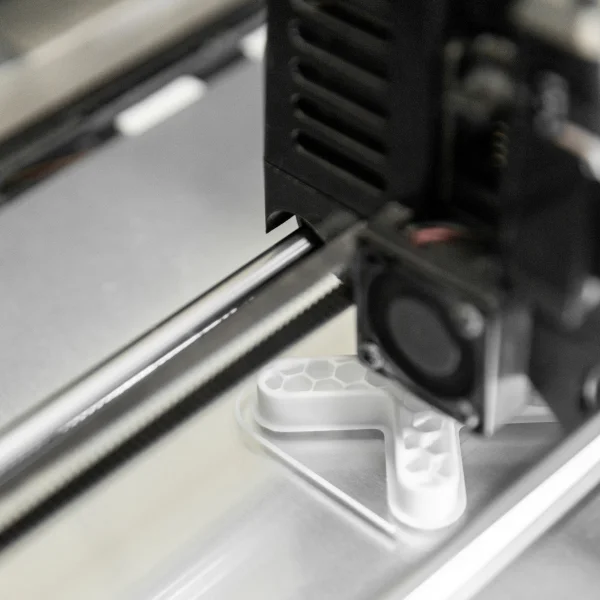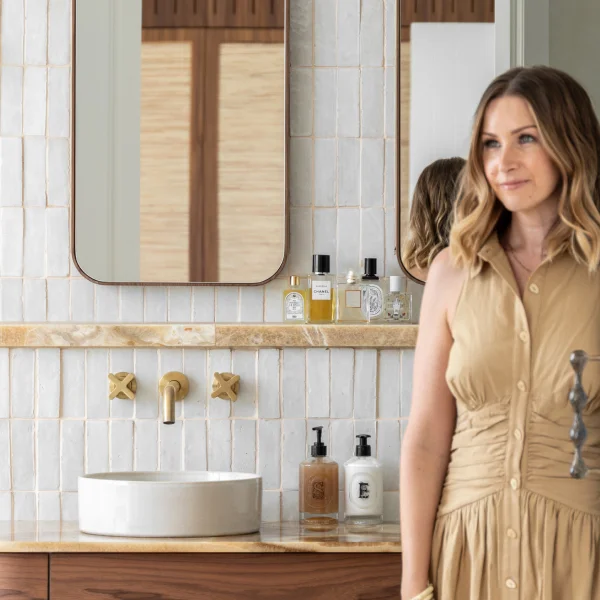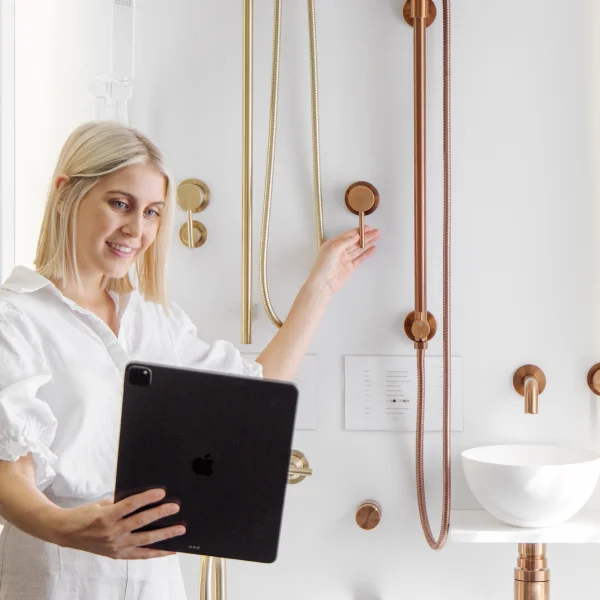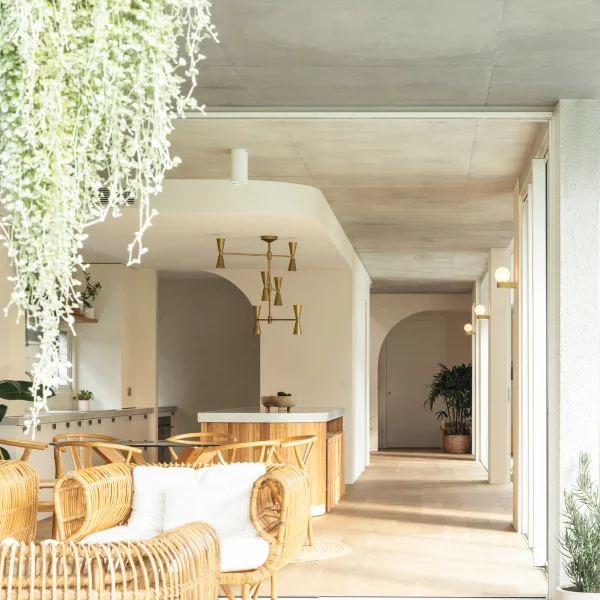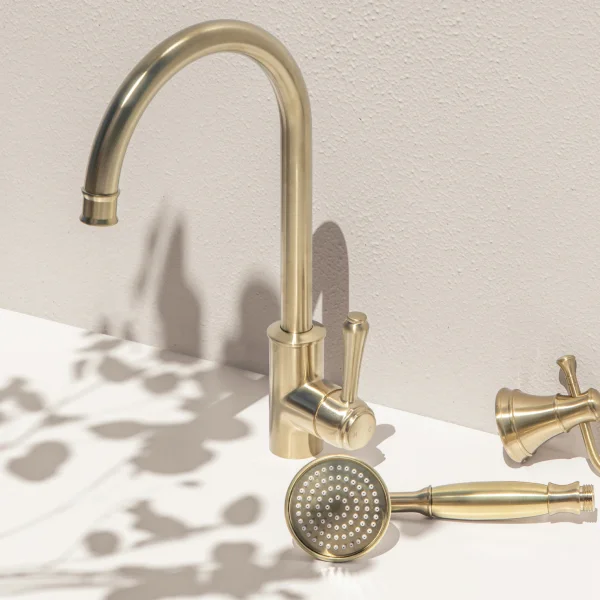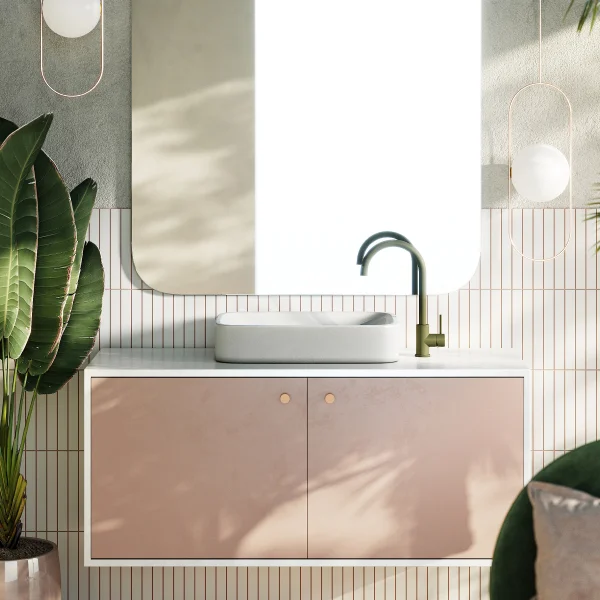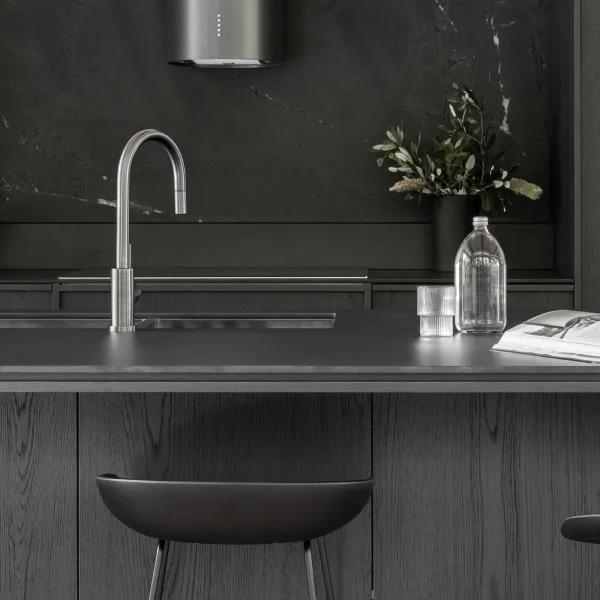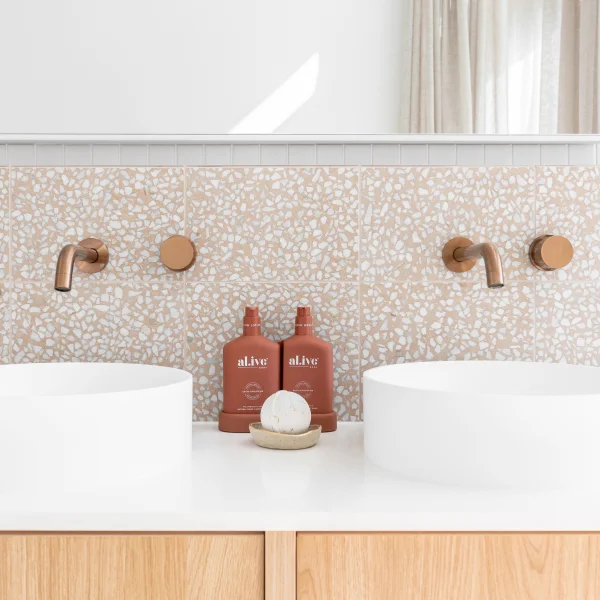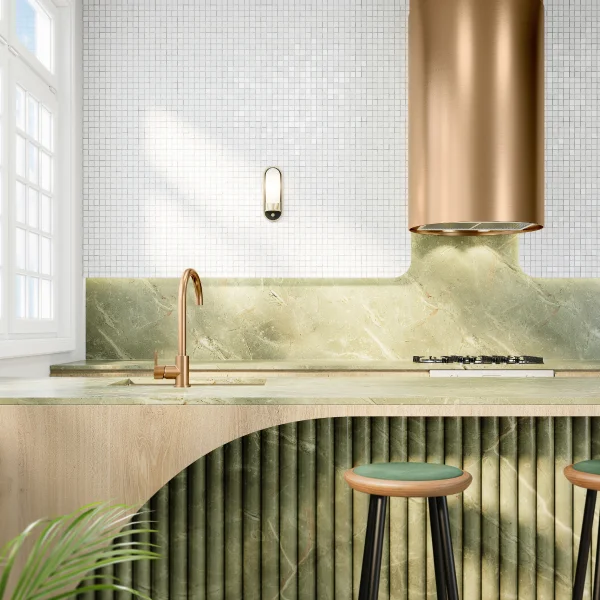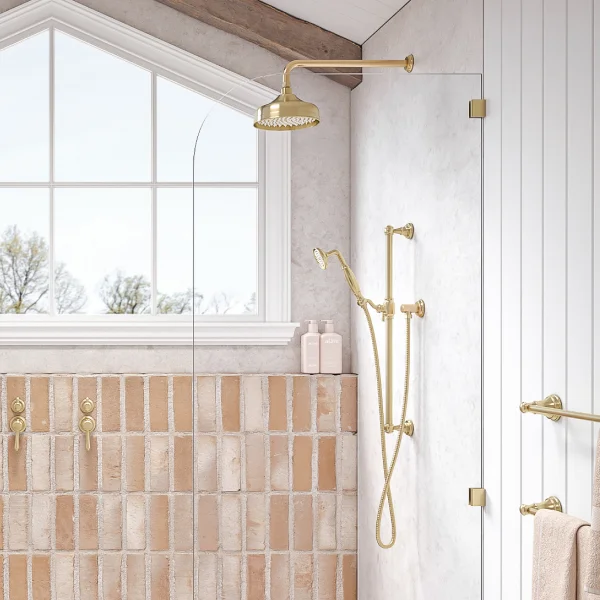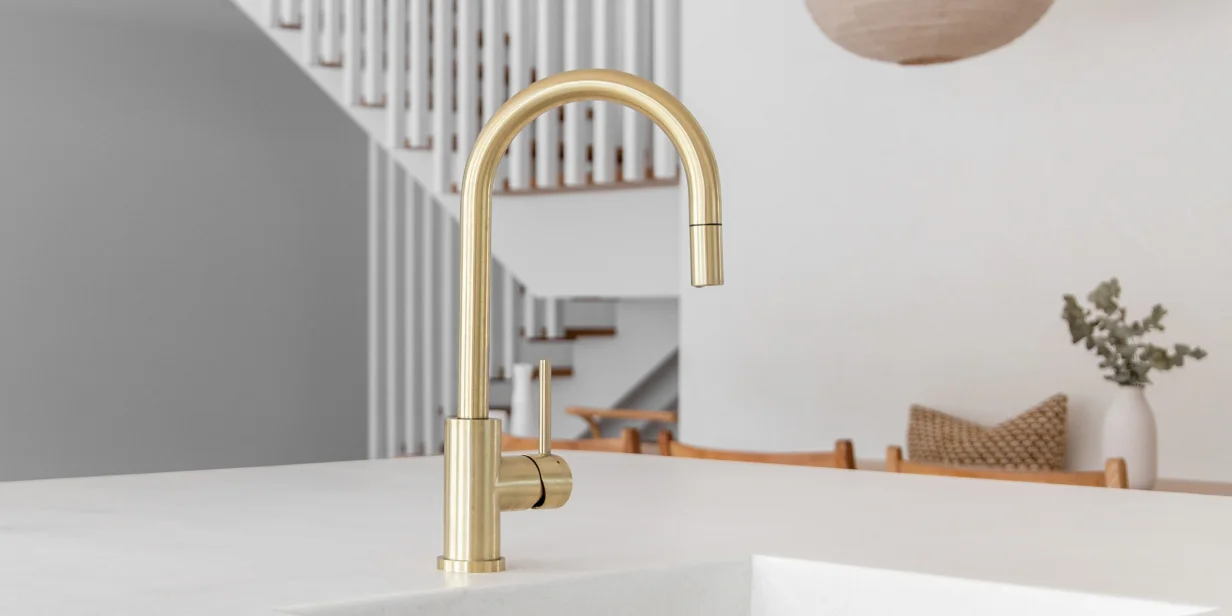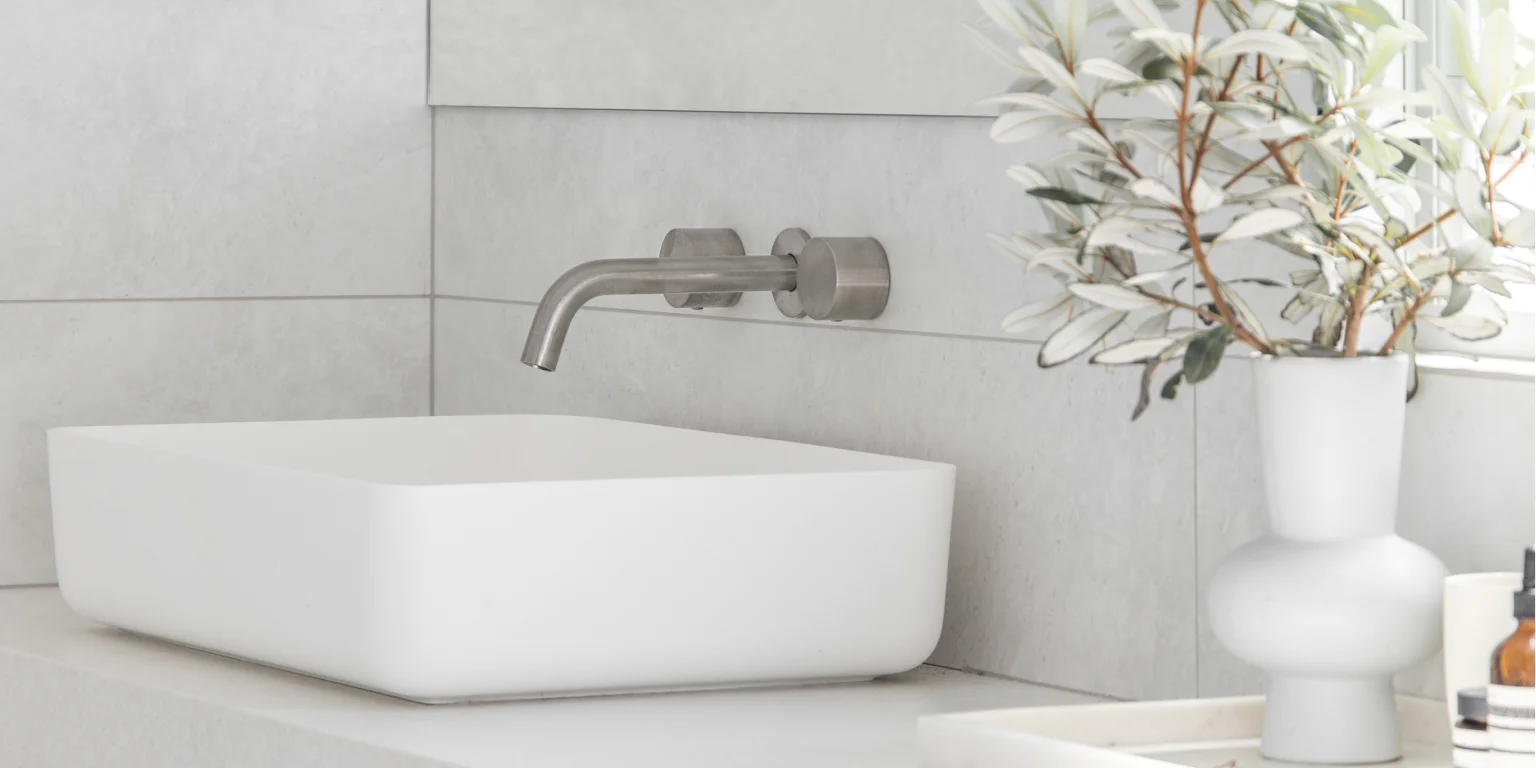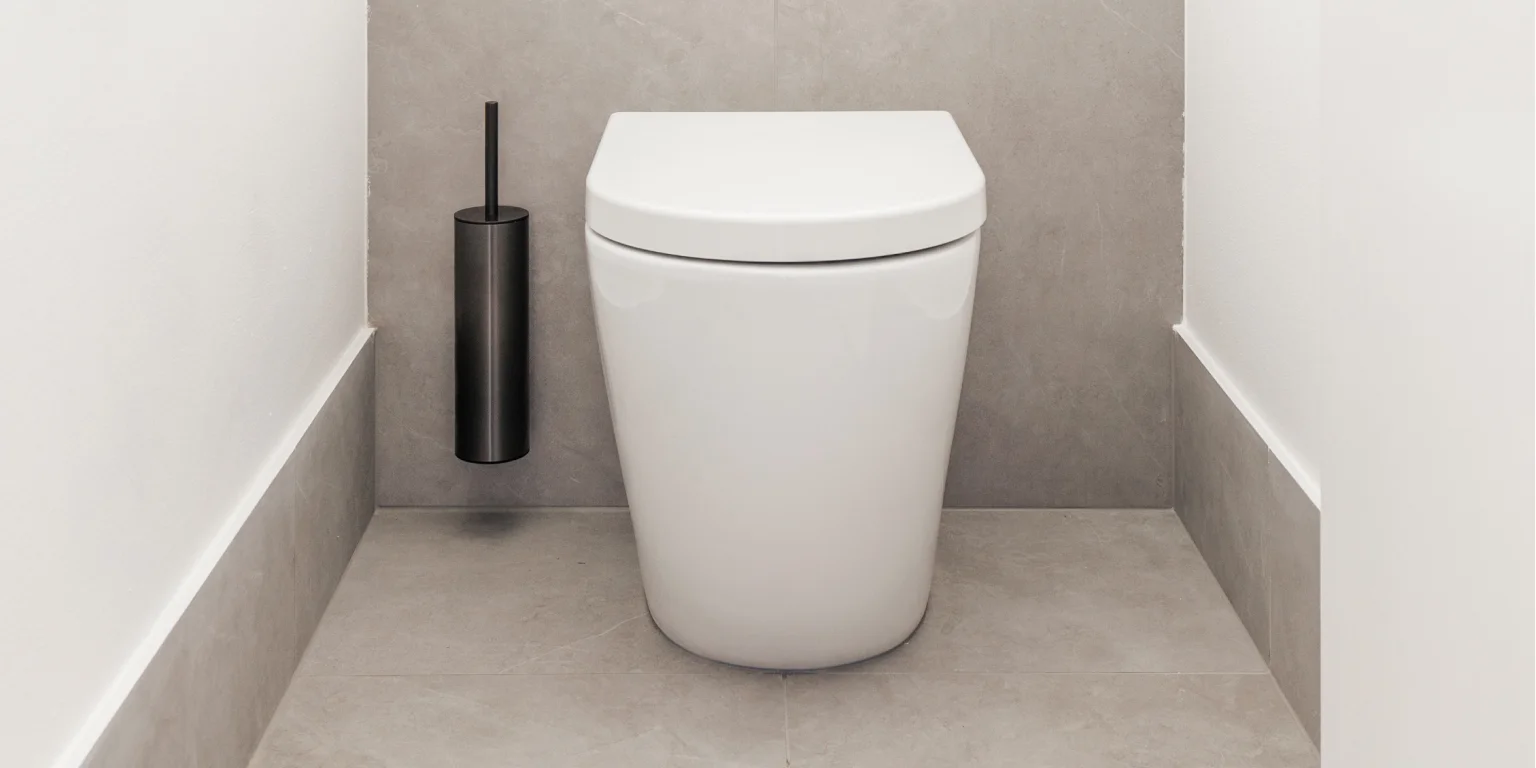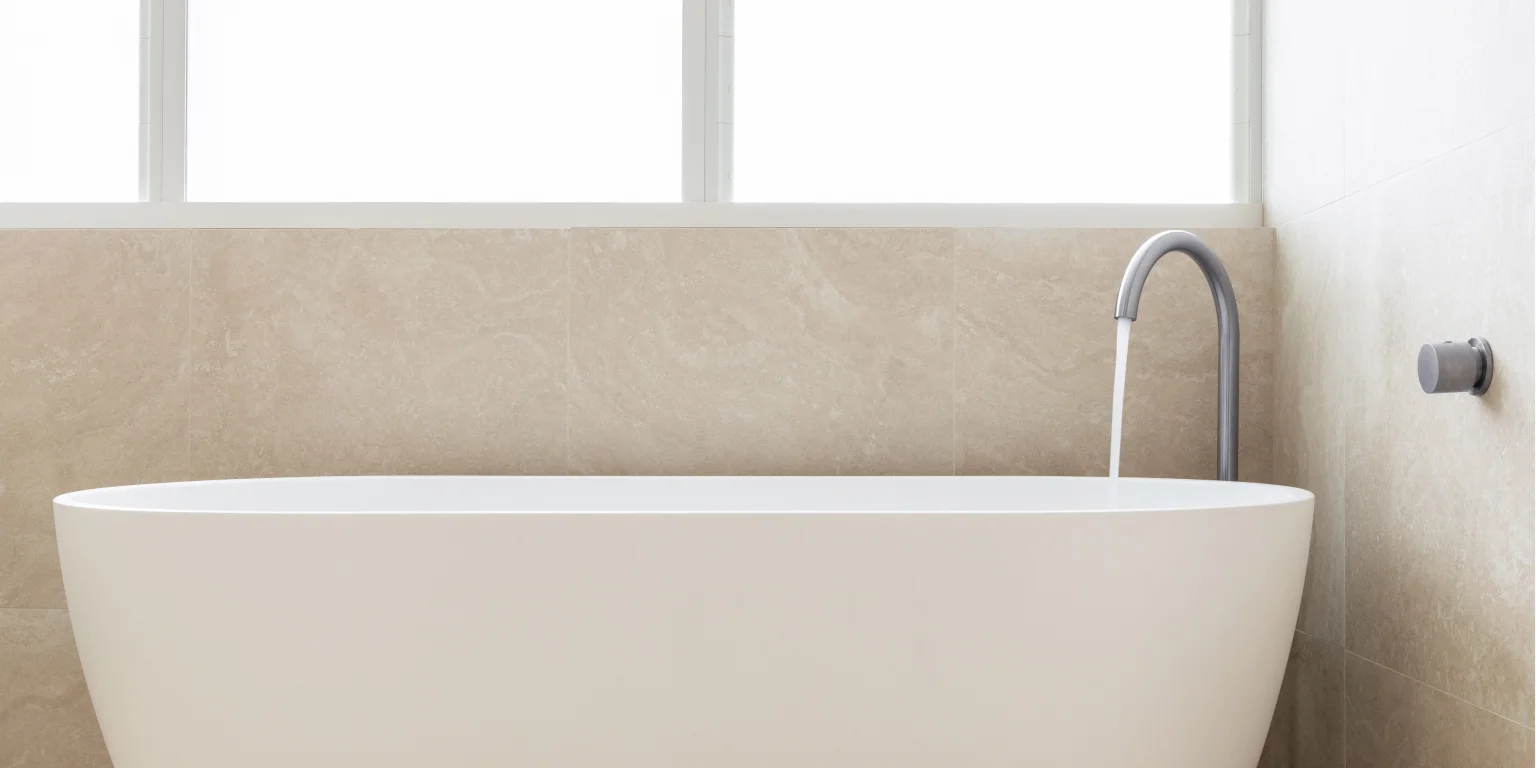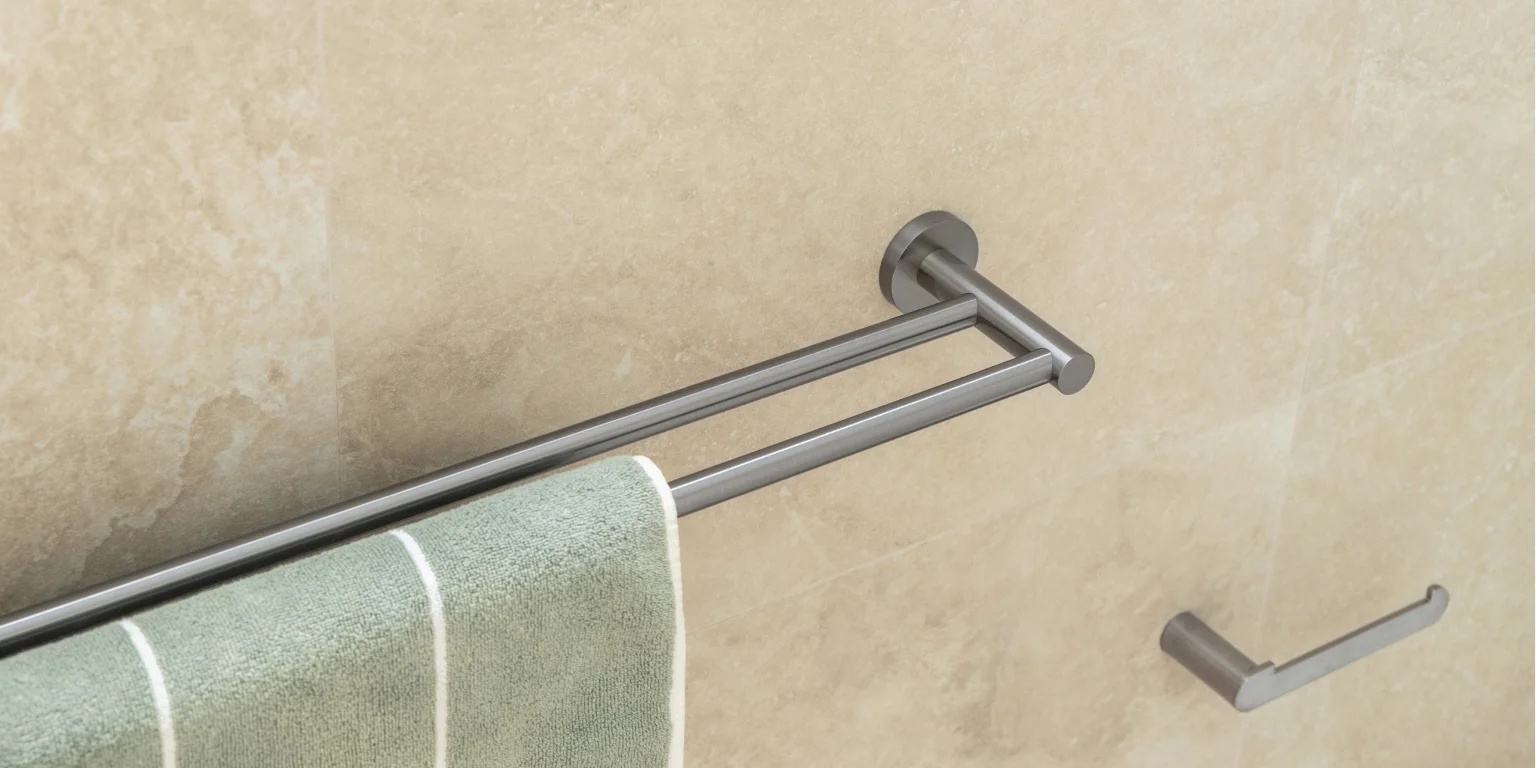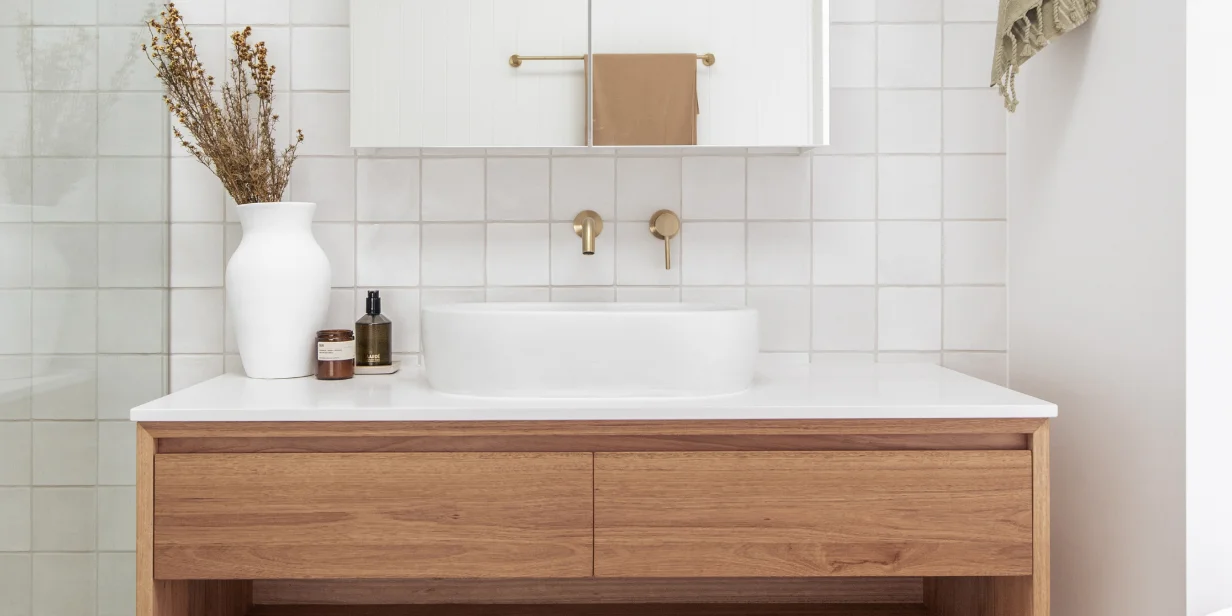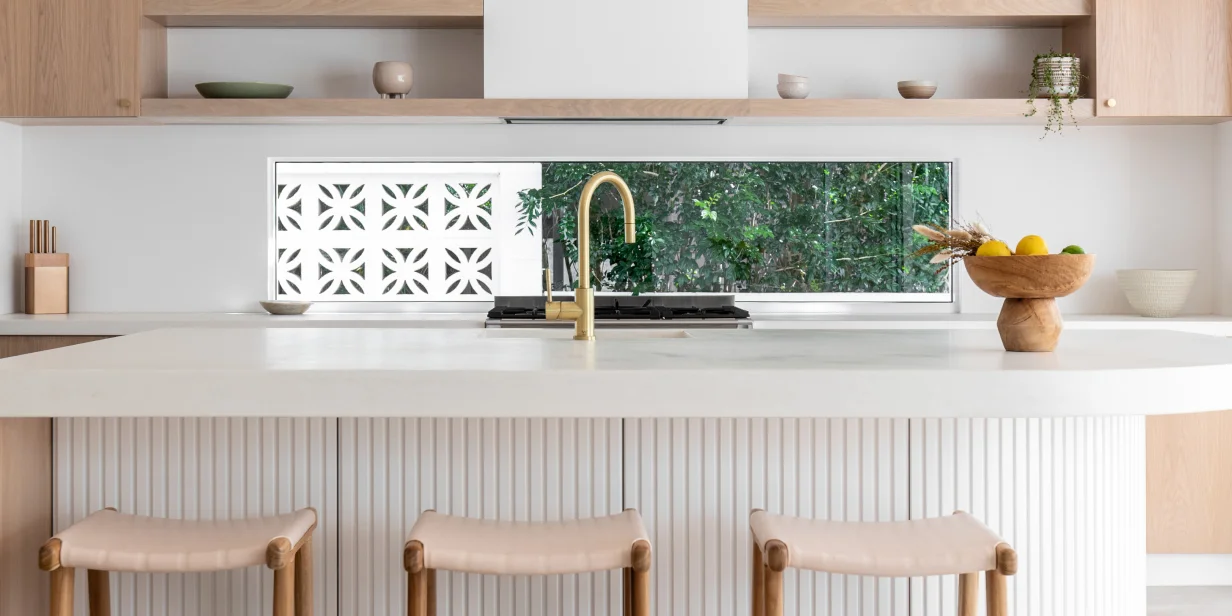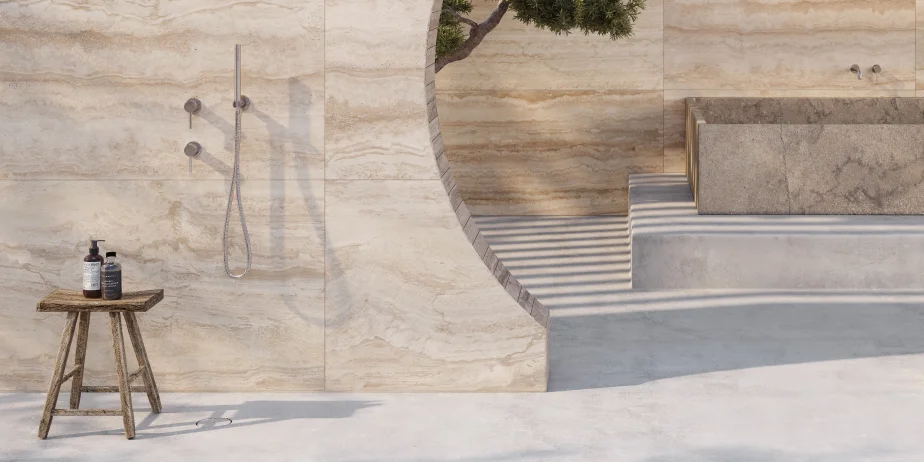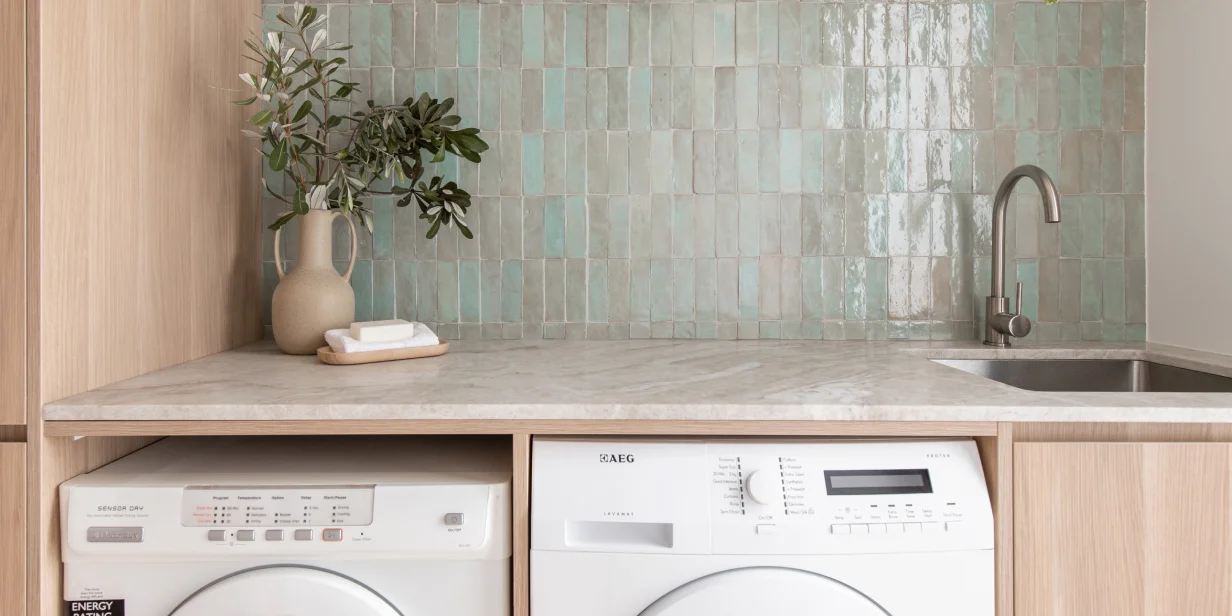AI Interior Design: How Technology is Transforming the Way We Create Beautiful Spaces
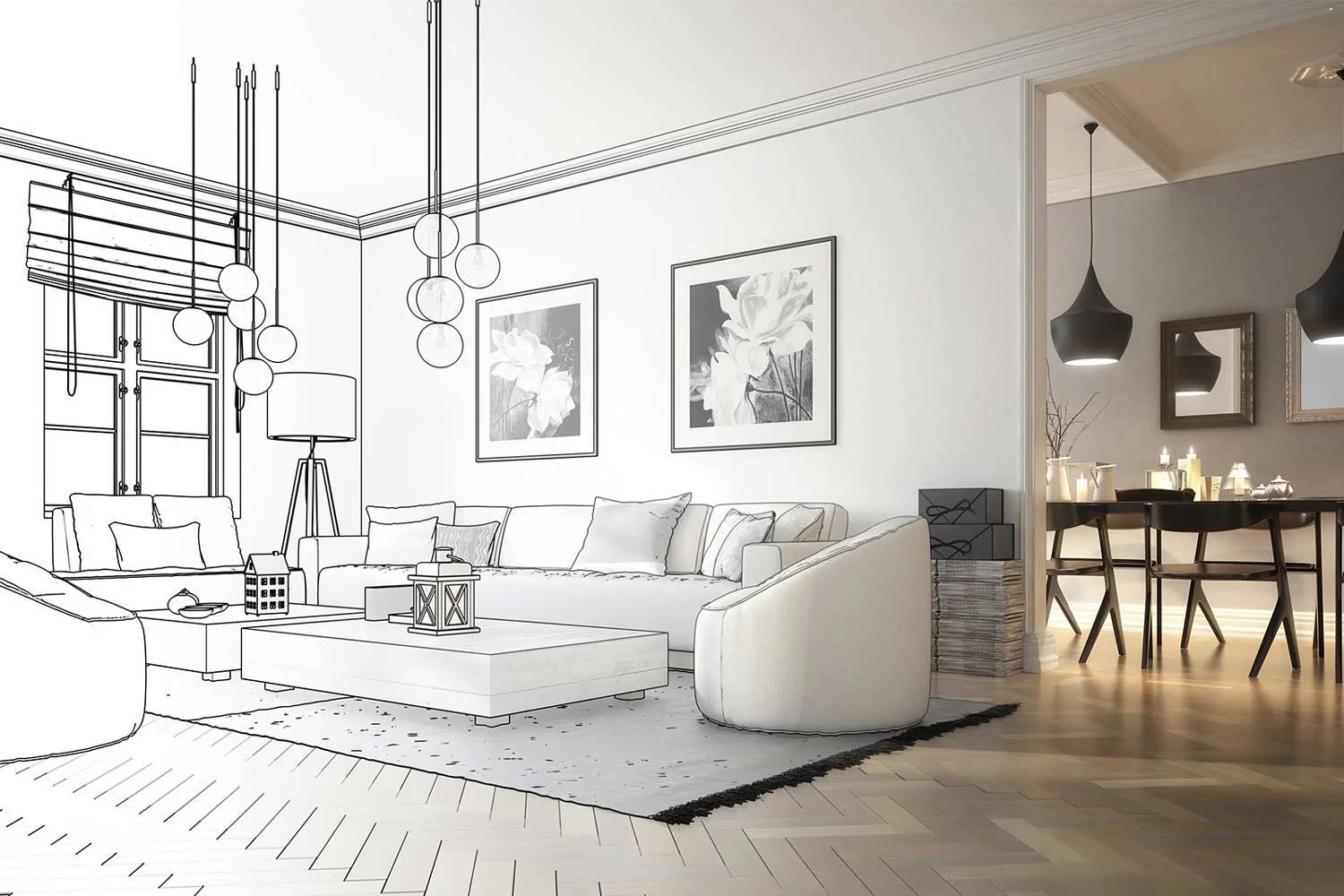
In a world where innovation meets aesthetics, a quiet revolution is underway. Welcome to the realm of AI interior design, where technology and creativity converge to redefine our concept of space.
What is AI in design?

Artificial intelligence (AI) design refers to using computer algorithms to automate tasks and generate creative solutions in the interior design process. From personalised client recommendations to generating ideas and streamlining workflows, AI offers a promising avenue for innovation in the industry — and it’s all unfolding as we speak.
How to Use AI in Interior Design
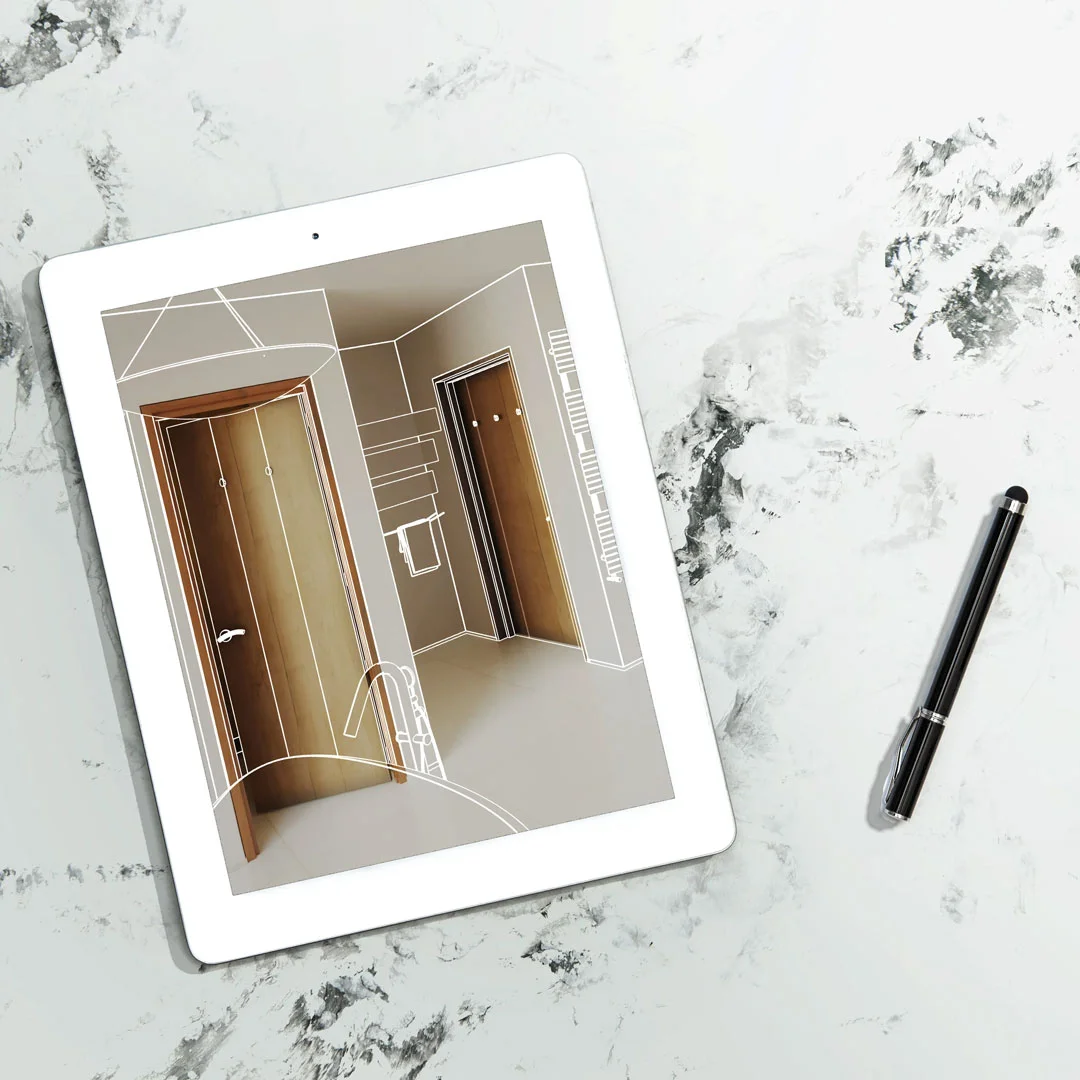
AI Design for Personalised Recommendations
AI algorithms can analyse your client's preferences, style, and existing space to generate personalised design recommendations. By inputting information like colour preferences, furniture styles, and room dimensions, AI interior design tools can suggest furniture, decor, and colour schemes that align with your client's taste, saving time and ultimately resulting in you having more satisfied customers!
Finding the optimal layout for a room can be an arduous process. Traditionally, you could spend hours manually sketching and rearranging furniture to determine the perfect layout. With AI design, multiple layout options are available to you within seconds. AI algorithms can analyse the dimensions of a room and suggest different furniture arrangements that maximise space utilisation and functionality. Light exposure, traffic flow, and room usage can also be considered. If you're an interior designer, not only can you save precious time, but you can now explore a variety of design possibilities that you may not have considered otherwise.
AI-powered space planning tools also offer the advantage of real-time adjustments, allowing you to adopt a collaborative and iterative design approach. Now you can easily incorporate your client's feedback and make adjustments by, for example, modifying the layout by dragging and dropping furniture items, instantly seeing how the changes affect the overall look and feel of the space.
AI in 3D Modelling and Visualisation
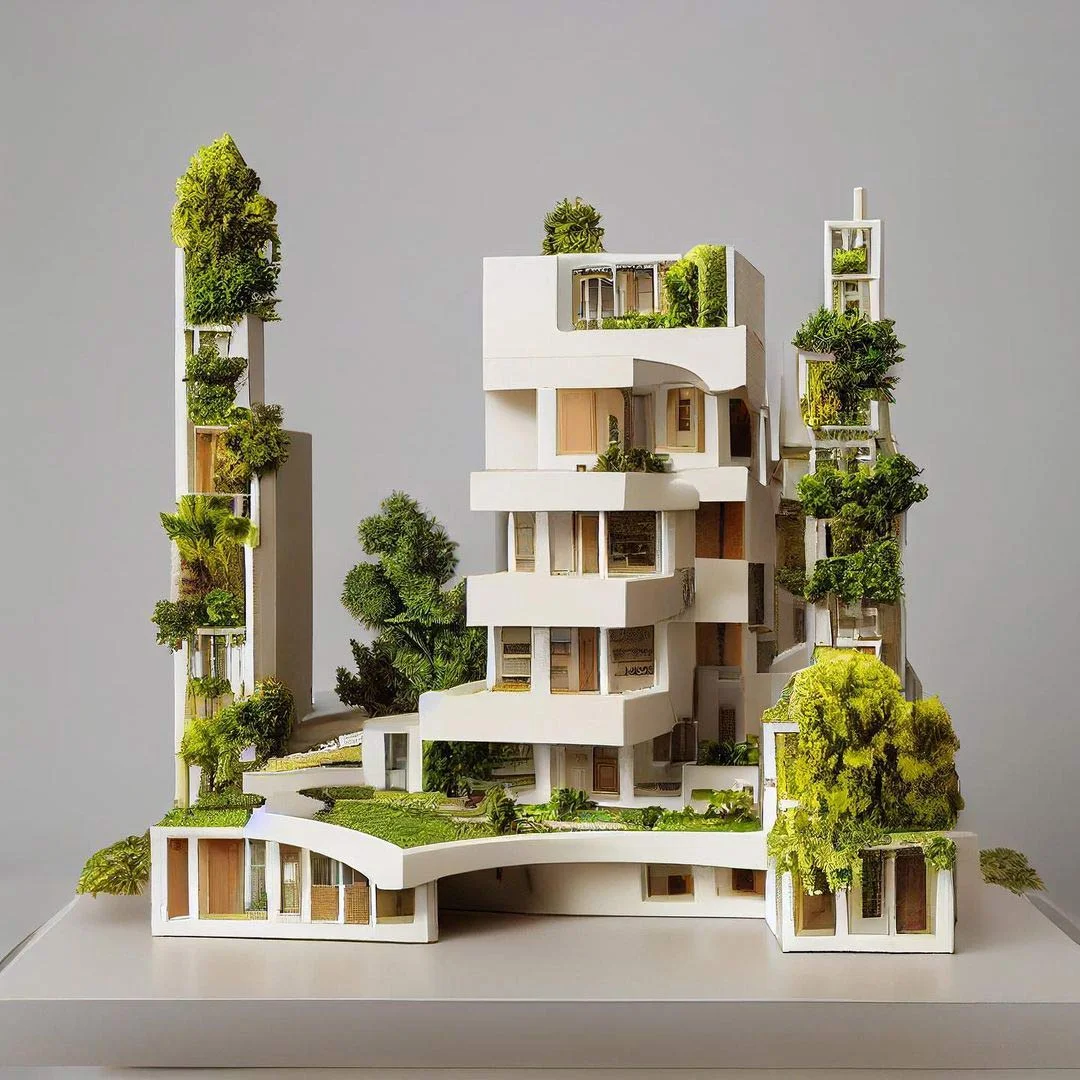
Design with AI to improve the accuracy of visualisations with 3D modelling. Photorealistic design renderings can replace traditional moodboards and hand-drawn sketches, allowing your clients to picture the final result before any physical changes are made.
AI algorithms analyse a space's dimensions and specifications and generate 3D models that accurately depict the layout, furniture, and decor. These models can be easily modified and adjusted in real-time, offering you creative experimentation with different design options,instantly seeing how they impact the overall look and feel of the space.
Additionally, AI-powered software can create virtual reality (VR) simulations that allow you and your clients to immerse yourselves in a virtual representation of the final design. With VR headsets, users can walk through the space, interact with objects, and experience the design from different angles. This immersive experience provides a more realistic and engaging way to visualise the final result and ensures that your design meets the client's expectations.
The Impact of AI on Budgeting and Cost Estimation
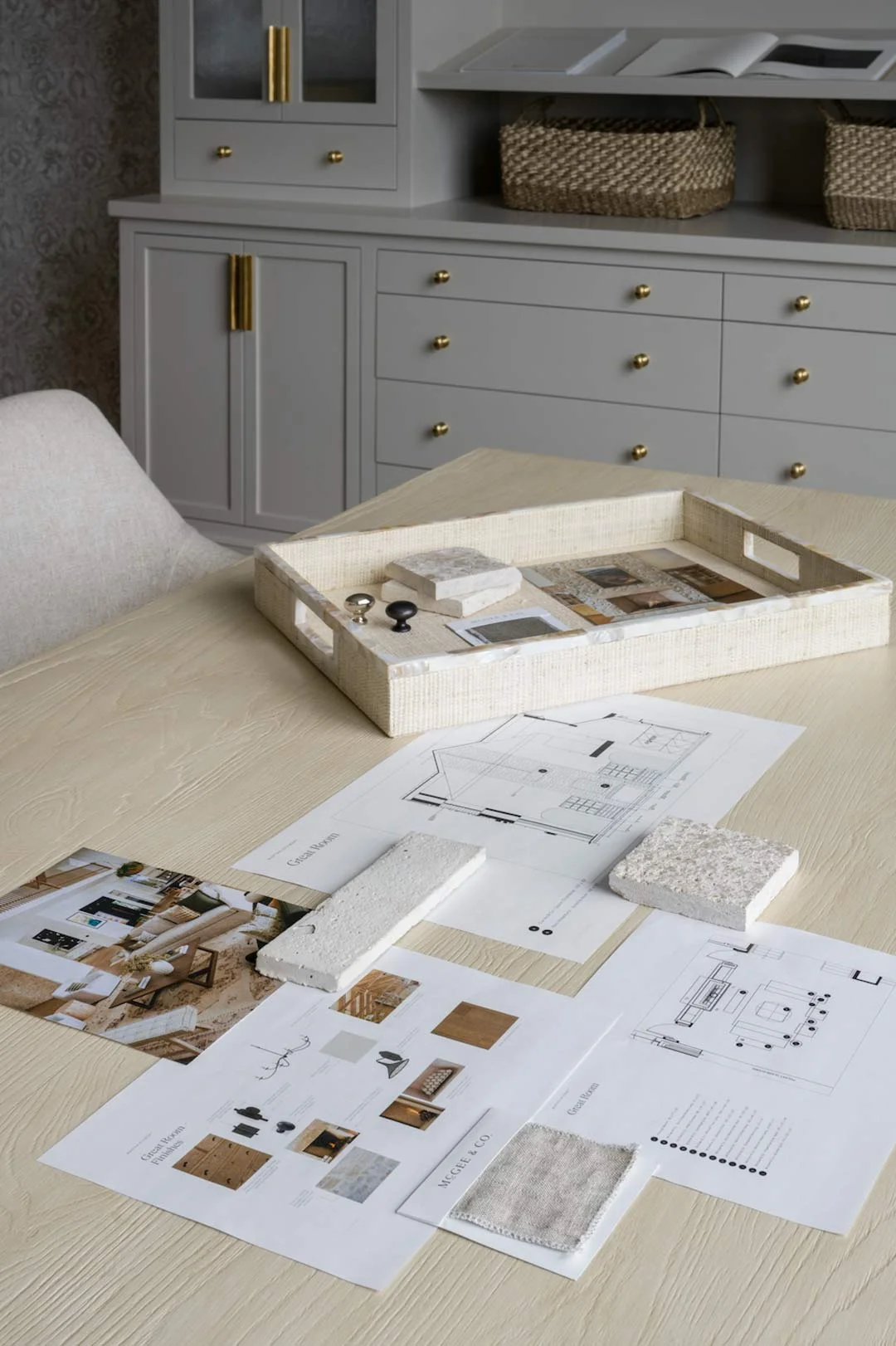
AI-design programs can assist you in improving accuracy, transparency, and efficiency in the financial aspects of a project. By analysing vast amounts of data with factors such as material costs, labour expenses, and project complexity, AI algorithms can provide detailed cost breakdowns that align with your project requirements, ensuring the budget is realistic and comprehensive.
AI-powered software can also track and manage your project expenses in real-time and automatically update cost data, comparing it to the budget and alerting you of potential cost overruns or budget deviations.
In addition, AI can analyse historical cost data and industry trends to provide insights and recommendations for cost-saving measures. By identifying areas of inefficiency or suggesting alternative materials and suppliers, you can optimise budgets while maintaining quality and the client's design goals.
AI for Sustainable and Eco-Friendly Design Solutions
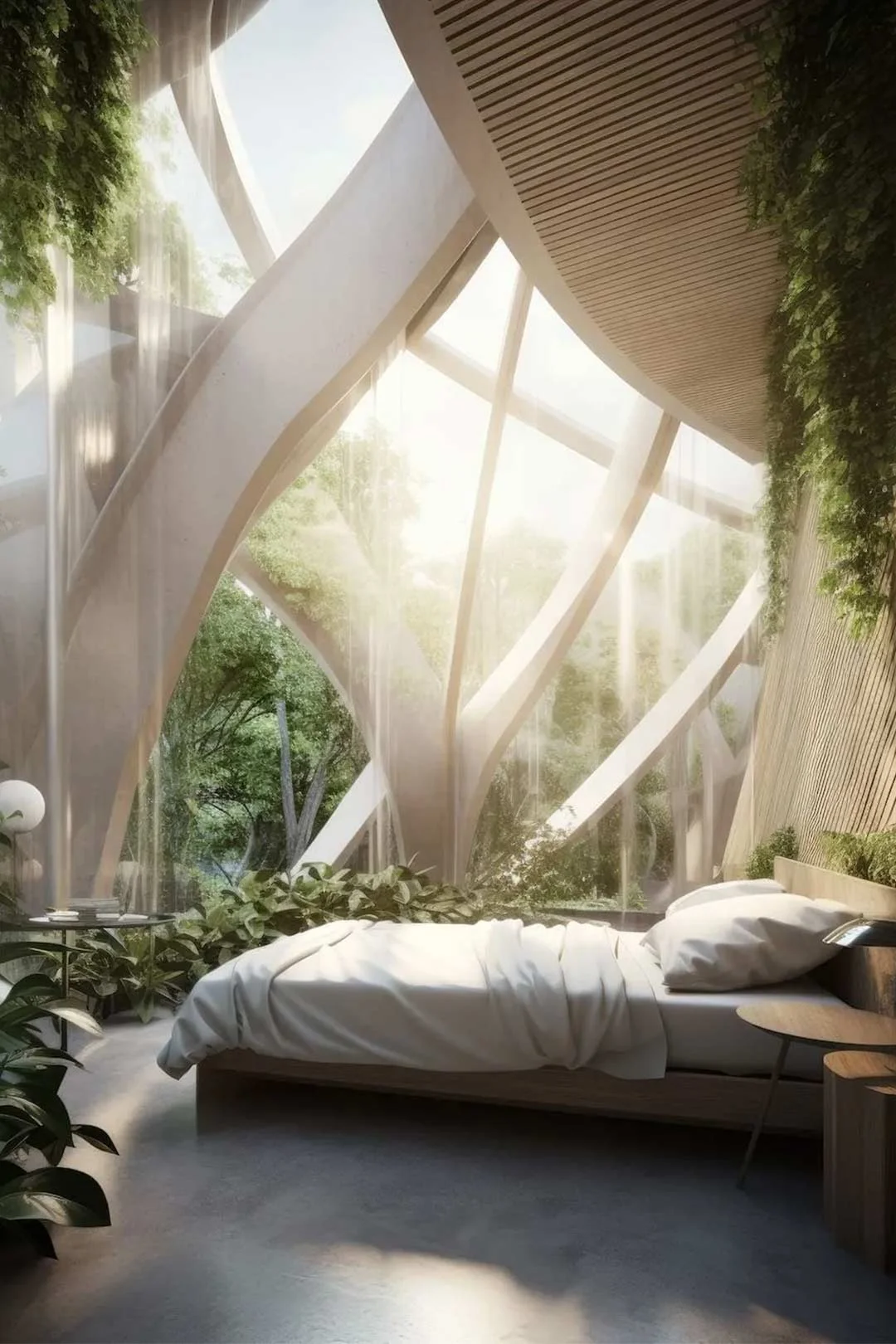
AI in interior design has emerged as a powerful tool for creating sustainable and eco-friendly design solutions. Making informed decisions that reduce environmental impact, optimise energy efficiency, and promote sustainable practices is now easier than ever, allowing you to contribute to a greener future for our planet.
Energy modelling is a key factor in sustainable design with AI. AI algorithms can analyse building orientation, natural light exposure, and HVAC systems to optimise energy consumption and reduce carbon footprint. By simulating different design options and evaluating their energy performance, you can make educated decisions for more energy-efficient spaces.
Additionally, AI can analyse data from sensors and smart devices to monitor and control energy usage in real time. AI algorithms can adjust lighting, heating, and cooling systems to minimise energy waste by collecting energy consumption, temperature, and occupancy data. Using these tools can reduce your environmental impact and help homeowners benefit from cost savings!
AI design also contributes to sustainability through material selection and waste reduction, analysing the environmental impact of different materials and considering factors such as durability, recyclability, and renewable resources. AI algorithms can suggest materials if your goal is to build a sustainable practice (and we suggest it should be). Furthermore, AI can optimise material usage and minimise waste through algorithms that generate optimised cutting plans and material layouts.
Will AI Replace Interior Designers?
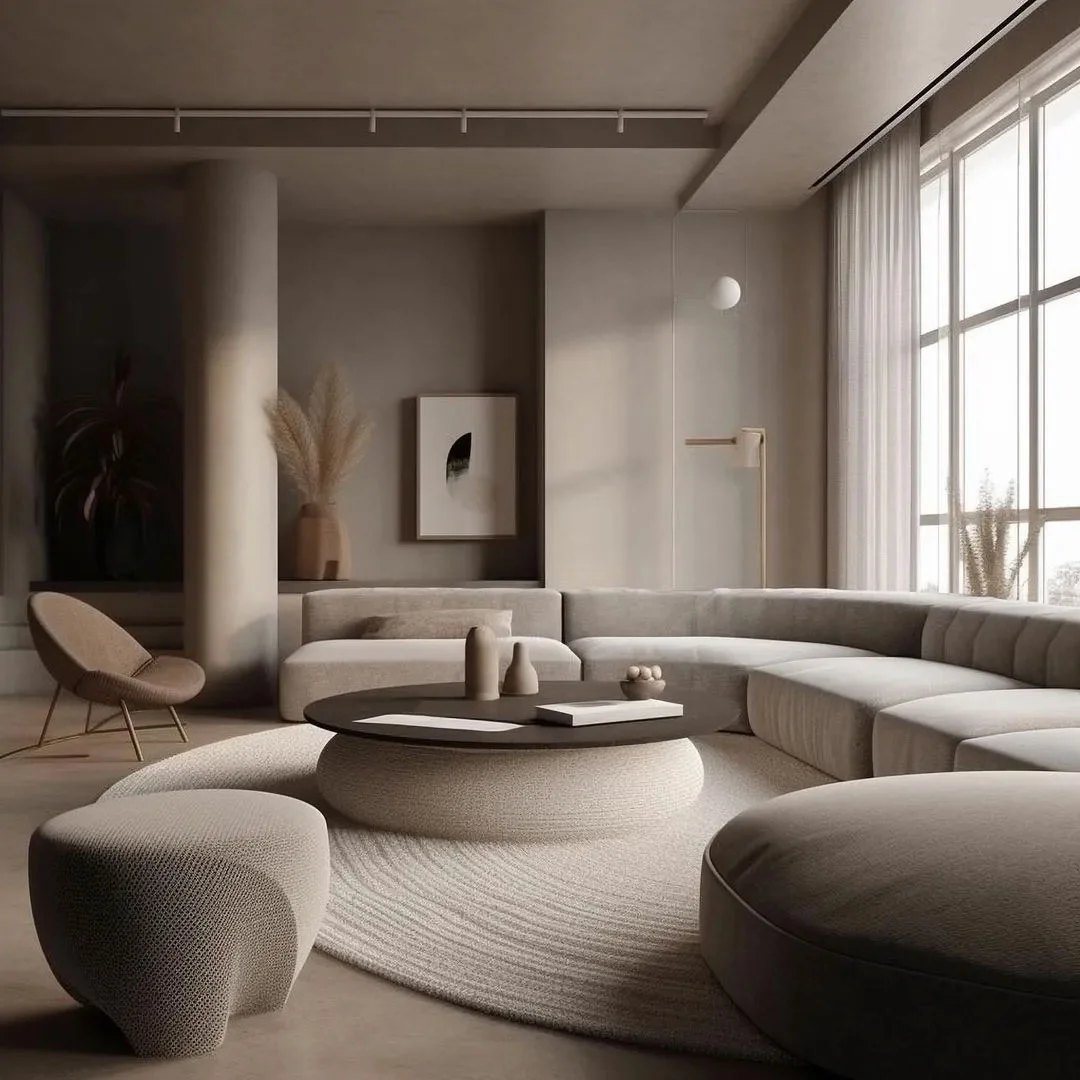
The question on everyone’s mind — will AI replace interior designers? Hear it straight from the experts!
Roy Thompson, Director of commercial interior experts ACI, offers his insight on the ever-evolving AI in design landscape. "Using AI in interior design offers numerous benefits that can enhance the design process, improve efficiency, and create personalised and innovative spaces for homeowners, businesses, and communities. Some of the key benefits include time and cost saving through automated services; e.g., floor plans, layout suggestions and sourcing materials, personalised interior design solutions, enhanced visualisation through 3D design proposals, trend analysis, and improved collaboration between all those involved. Other benefits include inspiration, smart home integration and sustainable solutions. While AI in interior design offers a number of benefits, it's also important to acknowledge that natural human creativity and instinct remain invaluable. AI should be viewed as a supportive tool that empowers designers, not necessarily a replacement."
Interior designer Ania runs a successful YouTube channel, the Interior Design Hub. Currently, she feels AI is a useful tool but that she won't be out of a job soon — some tasks that computers can theoretically do still need a human touch "because it is so personal." She notes that AI design suggestions could be more useful for a timeless classic, monochromatic or minimal look, rather than an eclectic or maximalist approach. She notes how AI can simulate different lighting scenarios — "sometimes, it's really difficult to convey how valuable lighting is in a space and lighting design is in your space." Not only is this great for residential applications, she notes, but also for hotels and lobbies.
Rob Girling, Co-founder of the global data and AI consulting company Artefact, notes, "While the barriers to learning and mastering the craft will be lower, the design industry's superstars will most likely remain unaffected. We saw a similar trend in print and graphic design in the 90s. The arrival of desktop publishing software ultimately eliminated the lower end of the market. But it also created a broader appreciation for design from everyone, increasing the demand and the differentiation for the very best designers. Until AI is capable of surprising us with completely novel ideas, superstar designers and companies that invest in them will continue to dominate, increasing the value of design brands."
As with any new technology, AI interior design has challenges and limitations. By being aware of these challenges and remembering the power of the human touch, you can equip yourself to use AI to its fullest potential to build a thriving practice.
For more news on design, see the Mutual Work Agreement Announced for Architects in Australia, New Zealand, and the UK.
